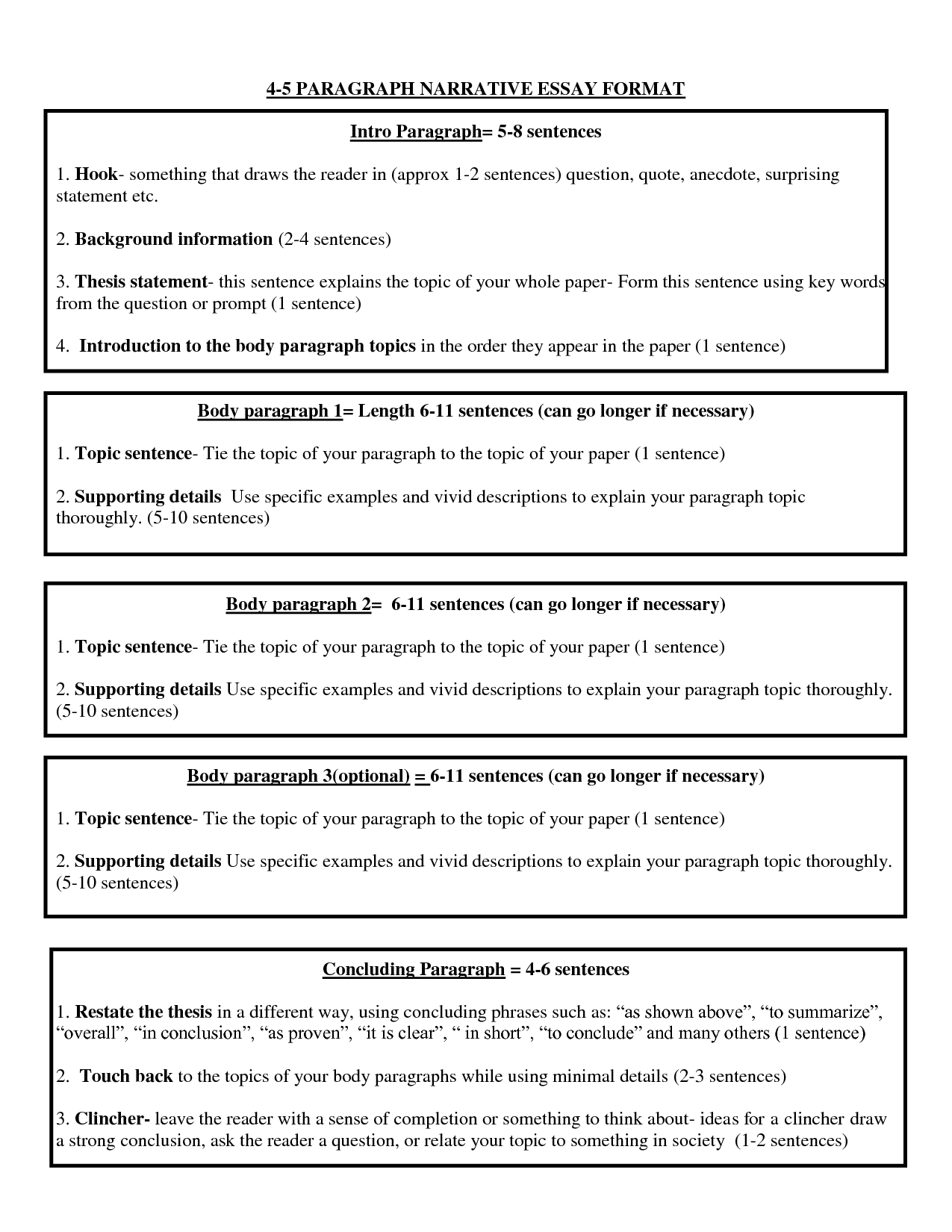Borderline personality disorder (BPD) - Mind.
The 2 factors that create emotional turmoil in borderline personality disorder. The newest approach to borderline personality disorder allows you to test just how well you, and those you care.
Explains borderline personality disorder (BPD), also known as emotionally unstable personality disorder (EUPD), including possible causes and how you can access treatment and support. Includes tips for helping yourself, and guidance for friends and family. Your experience of living with BPD will be unique to you, but this page describes some.

Interventions for people suffering from borderline personality disorder (BPD), such as dialectical behaviour therapy, often include a problem-solving component. However, there is an absence of published studies examining the problem-solving abilities of this client group.

If you have been diagnosed with borderline personality disorder you may be more likely to experience other mental health related problems, such as depression, anxiety, eating disorders or substance misuse (misusing drugs or alcohol). The question of 'personality disorders' is controversial.

Borderline personality disorder is characterized by a pervasive pattern of instability and hypersensitivity in interpersonal relationships, instability in self-image, extreme mood fluctuations, and impulsivity. Diagnosis is by clinical criteria. Treatment is with psychotherapy and drugs. (See also Overview of Personality Disorders.).

Borderline personality disorder in children, young people and adults. No additional information. 2. Recognition of borderline personality disorder in primary care. If a person presents in primary care who has repeatedly self-harmed or shown persistent risk-taking behaviour or marked emotional instability, consider referring them to.

Personality disorders are segmented into three different clusters, each with their own set of diagnostic criteria. Borderline Personality Disorder (BPD) falls into Cluster B, which is characterized by highly dramatic, overly emotional thoughts and behaviors.

Interventions for people suffering from borderline personality disorder (BPD), such as dialectical behavior therapy, often include a problem-solving component. However, there is an absence of published studies examining the problem-solving abilities of this client group in Iran.

Objective: Systems Training for Emotional Predictability and Problem Solving (STEPPS) is a 20-week manual-based group treatment program for outpatients with borderline personality disorder that com.

Two randomized controlled trials have shown the Systems Training for Emotional Predictability and Problem Solving (STEPPS) program to be effective in reducing the intensity of core aspects of borderline personality disorder (BPD), Dr Donald Black and social worker Nancee Blum announced at the annual meeting of the American Psychiatric Association held recently in San.

Borderline personality disorder is an illness marked by an ongoing pattern of varying moods, self-image, and behavior. These symptoms often result in impulsive actions and problems in relationships. People with borderline personality disorder may experience intense episodes of anger, depression, and.

Treating borderline personality disorder can seem like a no-win situation. If we try traditional cognitive-behavioral therapy (CBT) and emphasize change, patients feel unheard and invalidated; they may withdraw, quit, or even attack.

Objective: Systems Training for Emotional Predictability and Problem Solving (STEPPS) is a 20-week manual-based group treatment program for outpatients with borderline personality disorder that combines cognitive behavioral elements and skills training with a systems component.



